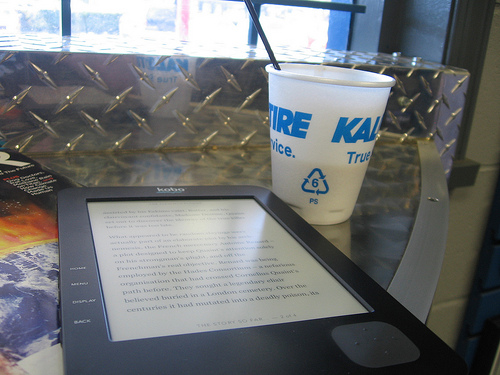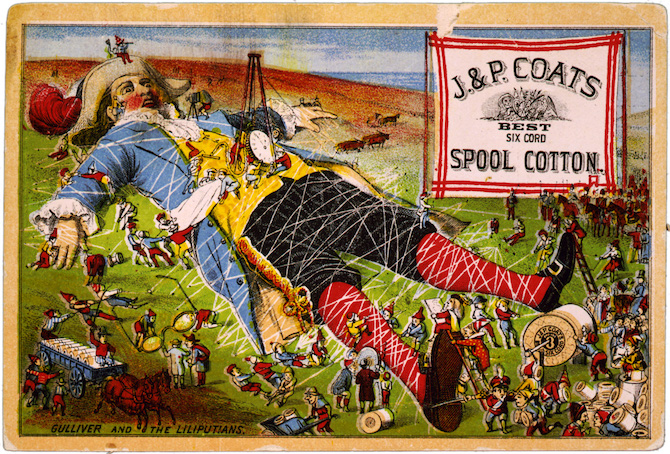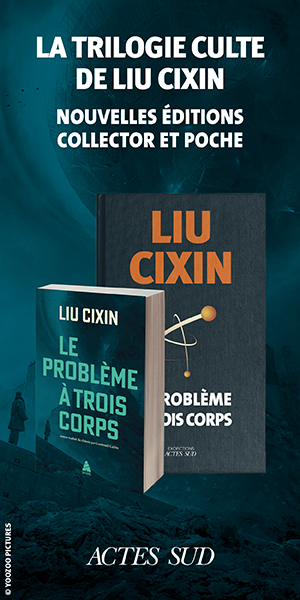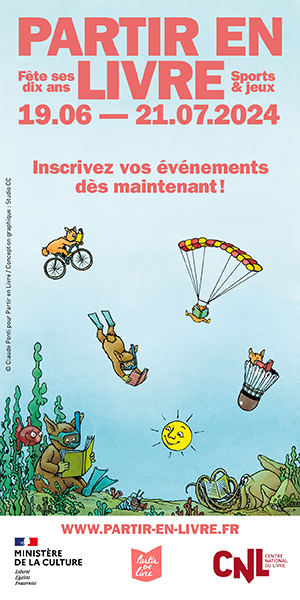physiological
Extraits

Sciences de la terre et de la
The Extended Organism. The Physiology of Animal-Built Structures
Can the structures that animals build-from the humble burrows of earthworms to towering termite mounds to the Great Barrier Reef-be said to live ? However counterintuitive the idea might first seem, physiological ecologist Scott Turner demonstrates in this book that many animals construct and use structures to harness and control the flow of energy from their environment to their own advantage. Building on Richard Dawkins's classic book The Extended Phenotype, Turner shows why drawing the boundary of an organism's physiology at the skin of the animal is arbitrary.
01/2000
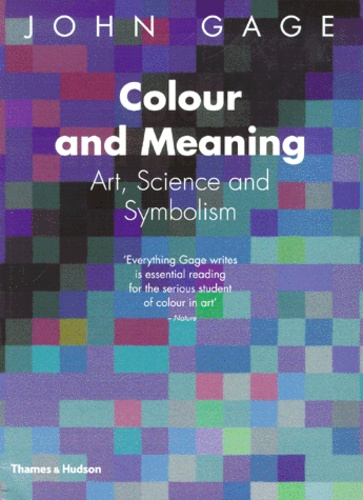
Décoration
Colour and meaning. Art, Science and Symbolism
'John Gage's Colour and Meaning... is full of ideas... He is one of the best writers on art now alive' - A.S. Byatt
'Magnificent' - The Independent on Sunday
'Erudite but accessible' - The Architect's Journal
Is colour just a physiological phenomenon? Does it have an effect on feelings? This vividly written book, the sequel to Gage's award-winning Colour and Culture, is ultimately informed by the conviction that the meaning of colour lies in the particular historical context in which it is experienced and interpreted.
John Gage explores the mysteries of themes as diverse as the optical mixing techniques implicit in mosaic, colour-languages in Latin America at the time of the Spanish Conquest and the ideas of Goethe and Runge, Blake and Turner. For students and lecturers in the history of art and culture, for artists and designers, and for psychologists and scientists with a special interest in the subject, John Gage has produced a compelling study of the meaning of colour through the ages.
01/1999

Autres langues
Dictionnaire inuit. Dialecte du Nunavik
Le langage est instrumentant — le mot désigne l'objet. Le langage également est structurant — le mot définit l'objet. Tristan Tzara, le poète surréaliste, énonçait déjà "la pensée se fait dans la bouche". Le langage est tout cela, mais il constitue une réalité, nous le découvrons aujourd'hui, encore plus complexe. En effet, des travaux récents (Climate, vocal folds, and tonal languages Connecting the physiological and geographic dots. / Everett, Caleb ; Blasi, Damian ; Roberts, Sean. In : Proceedings of the National Academy of Sciences of the United States of America, Vol. 112, No. 5, 2015, p. 1322-1327) viennent démontrer que la langue se trouve largement déterminée par les conditions environnementales au sens large, notamment le climat et la géographie. L'auteur, au terme de plusieurs séjours en région arctique du Nunavik (Canada), offre ici au lecteur un dictionnaire de la langue inuit dans le dialecte du Nunavik. Ce dictionnaire vient à propos illustrer la thèse évoquée plus haut sur le rôle des conditions environnementales dans la structuration du langage. La région du Nunavik produit une langue, la langue inuit, qui vient refléter l'environnement arctique — ses sonorités se font ainsi l'écho, dans une forme de poésie, des paysages du Grand Nord canadien.
01/2019
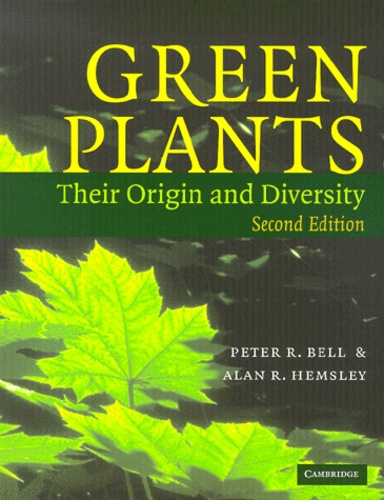
Sciences de la terre et de la
Green Plants. Their Origin and Diversity, 2nd Edition
The central theme of Green Plants is the astonishing diversity of forms found in the plant kingdom, from the simplicity of prokaryotic algae to the myriad complexities of flowering plants. To help the reader appreciate this remarkable diversity, the book is arranged according to generally accepted classification schemes, beginning with algae (both prokaryotic and eukaryotic) and moving through liverworts, hornworts, mosses, fern allies, ferns and gymnosperms to flowering plants. Copiously illustrated throughout with clear line diagrams and instructive photographs, Green Plants provides a concise account of all algae and land plants, with information on topics from cellular structure to life cycles and reproduction. The authors maintain a refreshingly cautious and objective approach in discussions of possible phylogenetic relationships. Newly emerging information on features of plants known only as fossils is included, providing as complete a history as possible of the plant kingdom. Throughout the book there are many references to ultrastructural and physiological features which relate growth and form to current concepts in the study of plant development. This new edition has been completely updated to reflect current views on the origin of the major groups of plants and includes information arising from more recently developed techniques such as cladistic analyses. As such, it provides an up-to-date and timely resource for students of botany, and also for researchers needing a comprehensive reference to the plant kingdom.
01/2000
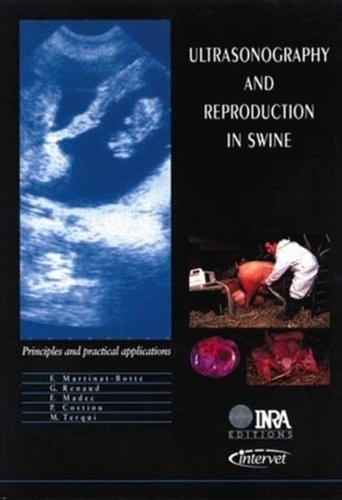
Sciences de la terre et de la
Ultrasonography and reproduction in swine. Principles and practical applications
Ouvrage en anglais Ultrasonography is a method used to examine the genital tract, without causing any trauma to the animal, and to characterize the animal's reproductive state. This book is the first compilation of the techniques used to examine sows and the interpretation of the ultrasonographic images. The principles of ultrasonography, artifacts, a description of the reproductive system and its topography form the basis for the subsequent examination of the different physiological (oestrous cycle, gestation and postpartum) and pathological (cystic follicles, cystitis, etc.) situations. The final section deals with the diagnosis of gestation ; the factors which determine the accuracy of this test and the advantages for breeders are presented. Many illustrations and annotated drawings help the reader clearly understand these techniques ; a summary at the end of each chapter highlights the essential points. This book is intended for all those, teachers, professionals, technicians and breeders, who would like to learn about this method, enhance their skills, and consider other applications of ultrasonography in sows. Cet ouvrage regroupe les connaissances nécessaires pour réaliser l'exploration fonctionnelle de la sphère génitale chez la truie par échographie d'ultrasons et pour interpréter les images. Principe de l'échographie, artefacts, description de l'appareil génital et de sa topographie préparent à l'étude de diverses situations physiologiques et pathologiques. Un chapitre met l'accent sur l'utilisation de l'échographie pour contrôler la gestation. Abondamment illustré, ce livre s'adresse à tous, enseignants, praticiens, techniciens et éleveurs.
01/2000


